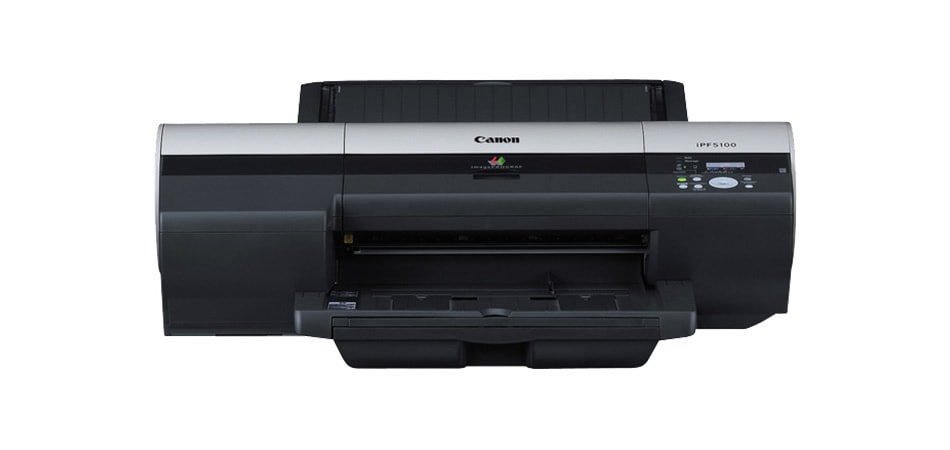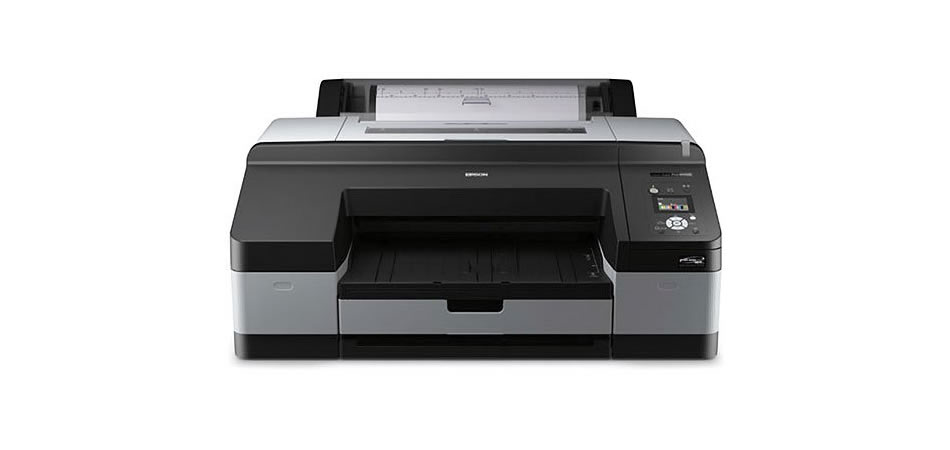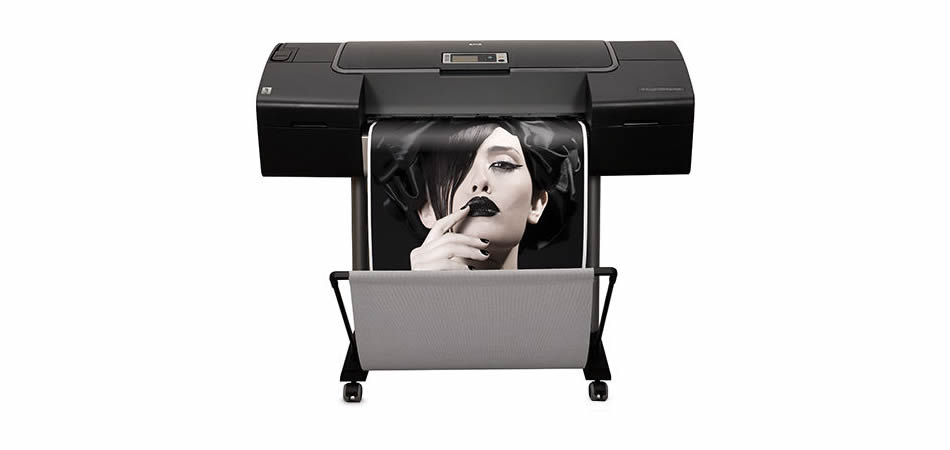Considerations When Looking for a Black and White Photo Printer
In a world of vibrant color imagery, black and white photography stands out not for what it lacks, but rather for what it reveals in the absence of color. Monochrome photography puts the focus back on aesthetic elements that are central to a great photograph: texture, tone, contrast, lighting, and form.
Rather than relying on bright colors and digital processing tools to make an image pop, a black and white photographer has to harness the fundamental building blocks of photography to produce an engaging photo. As a result, B&W photography will naturally involve different technical considerations when it comes to printing. Aside from digital processing, one of the most important considerations that will undoubtedly affect the way your B&W shots look is the printer you use.
Sure, you can get your prints done at a print shop or using an online print service. However, printing in a studio or at home gives you the benefit of testing out different exposures, tones, and print settings immediately to find the look you want.
Why does choosing the right printer, not just a good printer, matter so much? Contact with color inks and limited diversity of black and grey inks in a printer can lead to unwanted color casts, often in green and magenta, and toning on the blacks and darker hues in your print. Even some photo quality printers will lack the necessary features and drivers to give nuance to true black and gray tones. This is a big problem for fine art B&W photography, as delicate line and tonal gradations are so important.
When hunting for your new black and white photo printer, here’s what you should keep an eye out for:
-
Number of black inks
More sophisticated printers utilize a more precise set of color pots to derive their images from. For black and white photo prints, a minimum of three to four black-and-gray-exclusive color pots are needed to get true tones in your image. Multiple grayscale ink tones combine to create a more even toned darkroom look like you get from Gelatin Silver processing.
-
Pigmented inks
Not all inks are created equal. Pigmented ink holds its tone longer and stands up to sunlight and other environmental hazards better than other printer inks.
-
Paper size and type
The paper you choose will dictate the way your monochrome prints will look, so it’s important to make sure that the printer you choose can handle the size and type you want. This seems like a no brainer, but often printers simply aren’t designed to take on specialized museum grade papers that make B&W photographs stand out. Museum quality papers such as the Epson Velvet Fine Art paper are acid free and designed to maintain the integrity of the image for years to come. Some professional grade printers don’t print from individual sheets, but from rolls of paper. One such example is the Epson Stylus Pro 9600, which can accommodate paper rolls as wide as 44 inches to create poster sized photographic prints.
-
Specialty drivers
Standard drivers can leave a whole lot to be desired when you print B&W photos. Photo quality printers commonly use specialty drivers known as Raster Image Processors (RIPs) to give depth and control to image printing. This type of fine tuning is especially important when you are looking to control the black density of your print, and RIPs such as the ImagePrint RIP and the QuadToneRIP feature modes to prevent color casts when viewed under different sources of artificial light (commonly known as “illuminant metamerism”). In many cases, you can calibrate your print with RIPs to react favorably with the paper you are choosing (it matters!) which is especially important when printing irregular sizes or cutting smaller prints from an oversized roll. One problem with RIPs? Their price point. Often, getting the right RIP for the results you want will cost as significant percentage of the price of the printer itself.
What are some of the best printer options for printing black and white photos in your studio or at home? Here are three printers that stand out in the crowd:
-
Canon ImagePROGRAF iPF5100
 Canon tapped into their knowledge about cameras to create the iPF5100. Featuring 12 pigmented ink colors, it has four individual grayscale tones – two blacks and two greys in photo and matte finishes respectively. Its large format size is 17” wide and features a paper roll ideal for poster sized sized images. The iPF5100 can print an A2 size image in two minutes making it among the faster professional grade photo printers on the market. A full list of features can be found here.
Canon tapped into their knowledge about cameras to create the iPF5100. Featuring 12 pigmented ink colors, it has four individual grayscale tones – two blacks and two greys in photo and matte finishes respectively. Its large format size is 17” wide and features a paper roll ideal for poster sized sized images. The iPF5100 can print an A2 size image in two minutes making it among the faster professional grade photo printers on the market. A full list of features can be found here. -
Epson Stylus Pro 4900
 Epson takes photo printing very seriously, as is apparent running through the features on the new Stylus Pro 4900. This professional photo printer features industry leading color management and pairing for RIP drivers along with HD quality pigmented inks. It’s wider 17” paper width is great for printing gallery-sized photos. The Stylus Pro’s focus on combining software and hardware make it one of the finer B&W printer options for extra-precise results. For more info on features, click here.
Epson takes photo printing very seriously, as is apparent running through the features on the new Stylus Pro 4900. This professional photo printer features industry leading color management and pairing for RIP drivers along with HD quality pigmented inks. It’s wider 17” paper width is great for printing gallery-sized photos. The Stylus Pro’s focus on combining software and hardware make it one of the finer B&W printer options for extra-precise results. For more info on features, click here. -
HP DesignJet Z3200
 The DesignJet series offers a range of print shop quality large format printers at a reasonably affordable price for working professional photographers. The Z3200 comes in two widths – 24” and 44” – and features a built in spectrophotometer to ensure color and tonal accuracy. The Z3200 features the HP Quad-black ink set for smooth transitions and neural grays in B&W photos. This model also features HP Gloss Enhancer for smoother high gloss photo finishes. The DesignJet series also includes more affordable models for smaller operations, as well as ultra high-tech models to start your print shop in style. More information on the Z3200 as well as whole DesignJet line is right here.
The DesignJet series offers a range of print shop quality large format printers at a reasonably affordable price for working professional photographers. The Z3200 comes in two widths – 24” and 44” – and features a built in spectrophotometer to ensure color and tonal accuracy. The Z3200 features the HP Quad-black ink set for smooth transitions and neural grays in B&W photos. This model also features HP Gloss Enhancer for smoother high gloss photo finishes. The DesignJet series also includes more affordable models for smaller operations, as well as ultra high-tech models to start your print shop in style. More information on the Z3200 as well as whole DesignJet line is right here.
Finally, if you are serious about printing top quality B&W photos, you should probably consider having a black and white designated printer. Cleaning color ink out of printer heads to prevent color from bleeding into your prints takes time and isn’t always successful. Having one printer exclusively printing black and white will help keep printer heads clean and make producing artist grade B&W photos easier.
